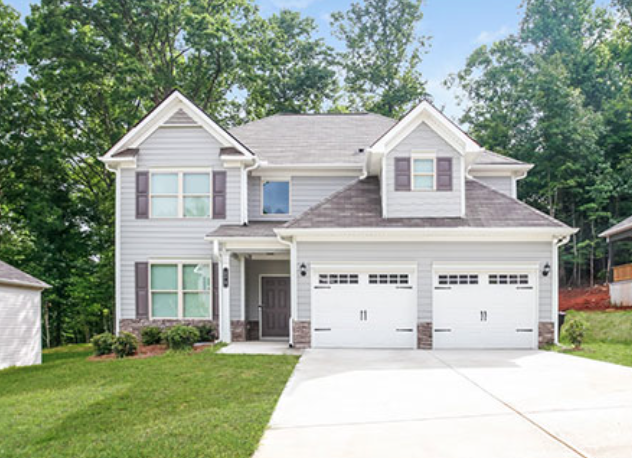
The tide is turning for millennials, as single-family rentals (SFRs) have become a desirable investment for a generation that wants space without the responsibilities of home ownership. Check out this article for tips on what to consider for a successful SFR investment. – Take action now while Atlanta sits at the top of the housing market for 2022!
Millennials might be different from the Gen X and Baby Boom generations when it comes to technology, but a 2019 study shows that they have very similar views on the value of real estate as an investment. The difference is that many millennials have not been able to afford to buy property.
There are new options available for those who want to explore single-family rental real estate. One of the hottest types of real estate during the pandemic has been single-family rentals (SFRs). SFRs are able to cater to a growing market of people who want space but don’t want the commitment of owning a home. According to data from the PropTech company Roofstock, 40 percent of tenants occupying SFR homes are under 35 years old.
Investing in SFRs allows people to choose markets that are poised to grow, instead of just the markets that investors happen to live in or near. Many SFR investors invest outside the metro area in which they currently reside. This does pose an important challenge, though. It is up to would-be SFR owners to analyze opportunities for these investments.
Factors to consider for SFR investment success
In a perfect scenario, investors could jump into opportunities once they narrow down their preferred geography. But, as with anything with potentially high reward, it’s a complex journey requiring careful consideration.
One challenge: ongoing supply chain issues and labor shortages. “The market is really good, but there’s not enough inventory,” says Darel Daik, CEO of Noble Mortgage & Investments in Texas “We’re dealing with less than two months [of inventory] in Houston and less than one month in Dallas. A lot of investors have turned to new construction to compete with that.”
However, if SFR inventory is low in an area, leaning on new construction is not a guaranteed fix because the overall housing market is already behind on demand. Plus, some construction companies are holding off on new construction until supply chain issues and delivery conditions of raw materials improve.
Remember to question stereotypes about who wants to live in SFRs and use that information to choose where to invest. Not all Gen Z or SFR renters want to live in an urban area. As work becomes more flexible and positions become remote, the need to be close to an office becomes less relevant. According to a report from Arbor, 43 percent of Gen Zers want to rent a single-family home after they graduate from university. Additionally, 53 percent of SFR renters want yards for pets or children.
[ Read more here ]
